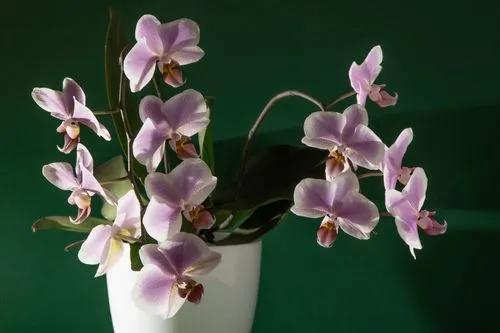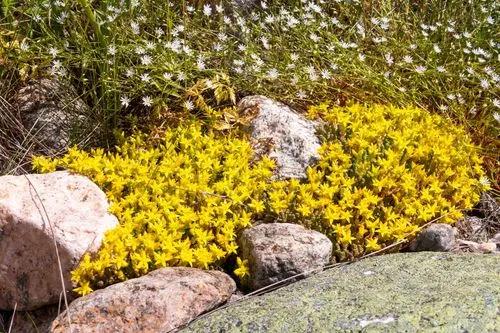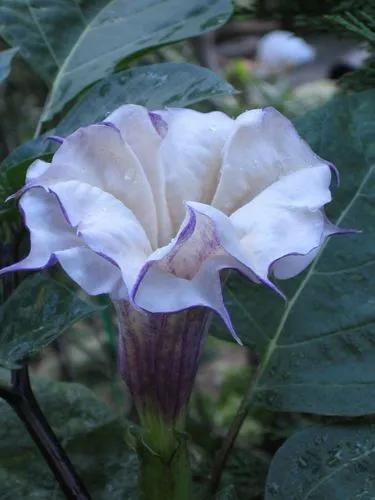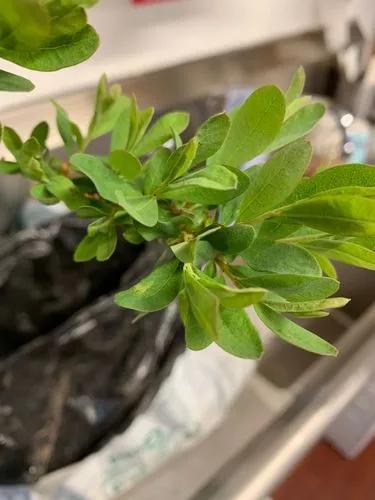Drimiopsis maculata, also known as little white soldiers, African false hosta, African hosta, leopard plant, is a flowering plant species in the genus Drimiopsis. It is the type species of its genus. It occurs from Tanzania to South Africa.
African hosta Care
Drimiopsis maculata



Drimiopsis maculata is a robust bulbous plant from South Africa to 30(-35) cm tall that spreads rapidly and has beautiful spotted leaves (maculata means "spotted"). The bulb increases rapidly at the surface of the ground, the leaves dying down in winter. They have a wide blade. Foliage are topped in spring with 30 cm tall spikes of tiny green and off-white bells, making quite a show when the clumps get large. The plant is dormant in winter and it blooms in spring (late April through May in Europe). Drimiopsis maculata is an undemanding species and is one of the most popular bulb plants.
How to Care for the Plant

Water

During the summer growing period the plant appears to need much more water than the average succulent. It does fine with year-round water. Let it dry completely between waterings.

Fertilizer

Feed monthly with 50% strength soluble houseplant food when it is actively growing.

Sunlight

The plant likes light shade to part sun (it will take a few hours of sun without a problem) but adapts very well to heavy shade. Likes a bit of shade for best colour in leaves.

Soil

It adapts to a wide array of garden soils comprising cactus and succulent soil and regular (peat, perlite, pine bark) potting mix. But an organic rich media (2:1 to 1:1 organic:inorganic) seems to work very well. Rich humus organic soil will make this plant multiply like rabbits. This plant needs well-drained soil; it does not like wet feet.

Temperature

The species is winter deciduous and can take light frost but not a hard freeze, so best kept in a frost free place indoors and can be grown outside where there is no danger of frost. Outside, it can be grown in the areas with the lowest winter temperatures of −12.2°C (10°F) but the plant can withstand low temperatures for a short period of time.

Container

Choose a container with enough drainage holes.

Popularity

1,661 people already have this plant 255 people have added this plant to their wishlists
Discover more plants with the list below
Popular articles






